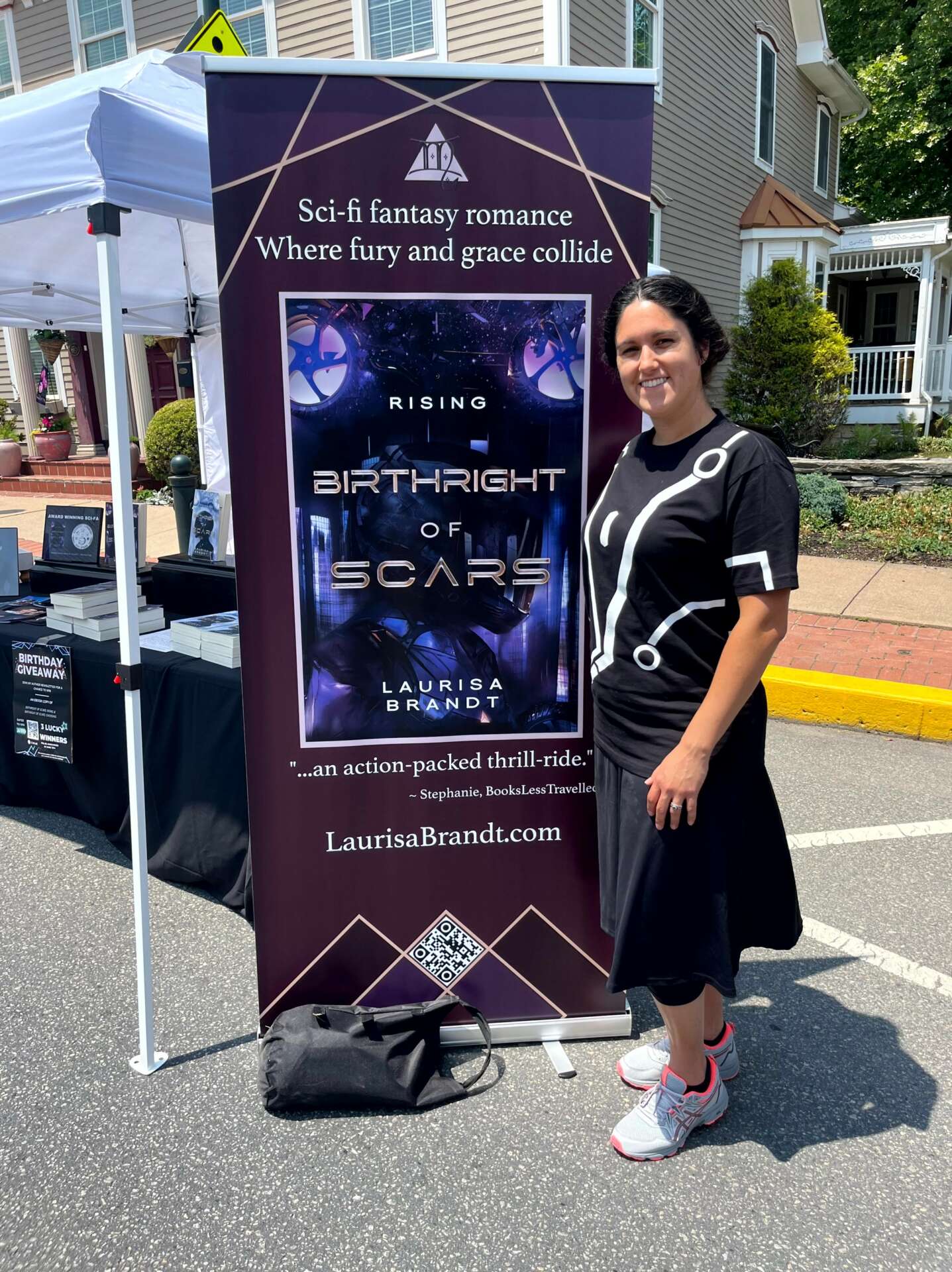We’re excited to introduce you to the always interesting and insightful Laurisa Brandt. We hope you’ll enjoy our conversation with Laurisa below.
Laurisa, looking forward to hearing all of your stories today. I’m sure there have been days where the challenges of being an artist or creative force you to think about what it would be like to just have a regular job. When’s the last time you felt that way? Did you have any insights from the experience?
I often fantasize about stepping back into the workplace, sometimes to gather fresh experiences or a change of setting, but mostly because I desire to have an impact on my local community and help people when I see a particular need. I usually dream of doing something in food-service, animal care, or providing a holistic service such as counselling, education, or arts classes. The best years of my life were spent volunteering at a local equestrian school that provided therapeutic riding classes for people with special needs. I loved working with the horses and getting to view the world through the creative minds and hearts of neurodivergent people. The life of a creative is a tough beast to ride because creative flow is best during solitude but is simultaneously drained by long periods of loneliness. It’s difficult to find fields of work that balance the two in a way that allows artists the reclusion they need to create at their own pace.
I’m very content as an artist and creative. I knew I wanted this for my life by the age of four and I’ve been pursuing that dream ever since.
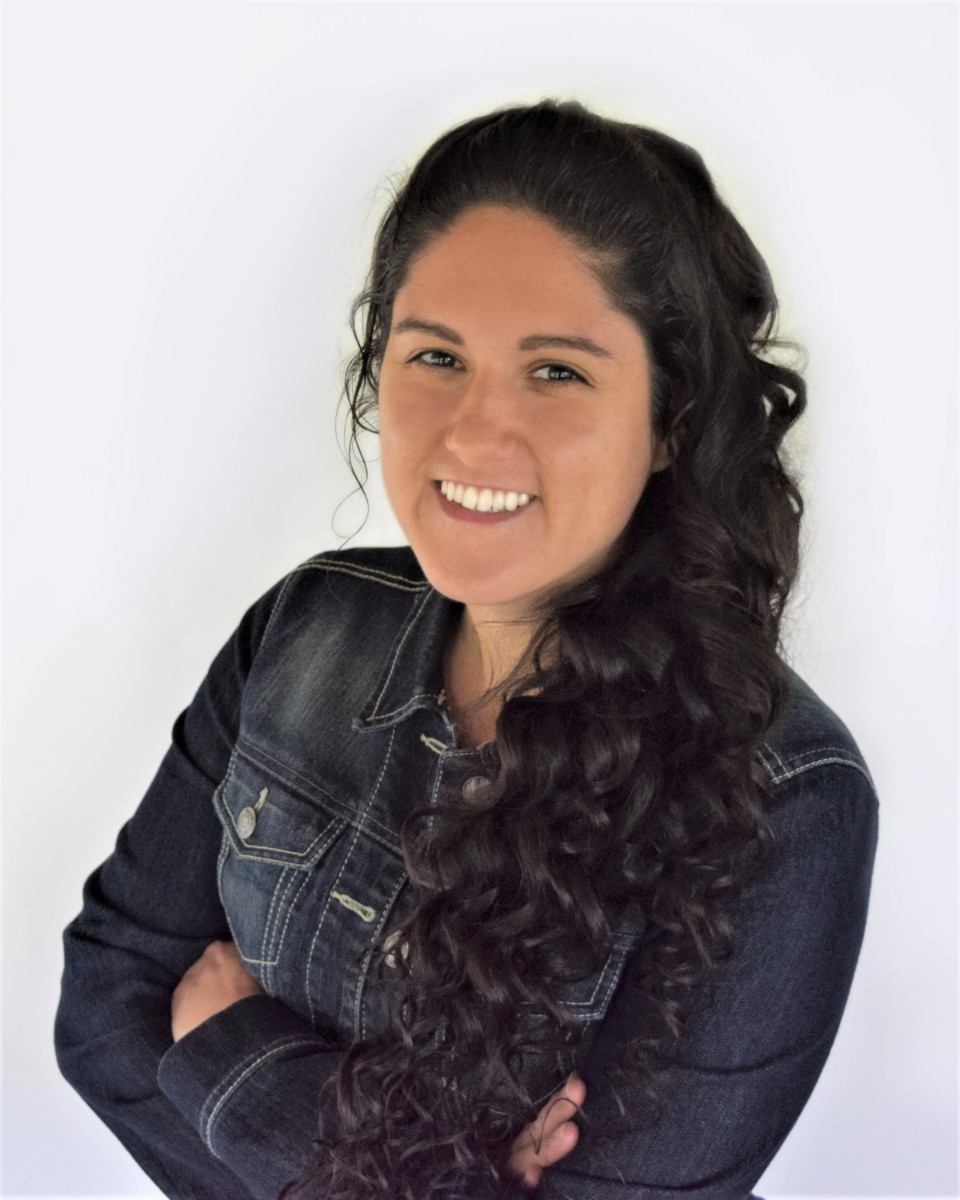
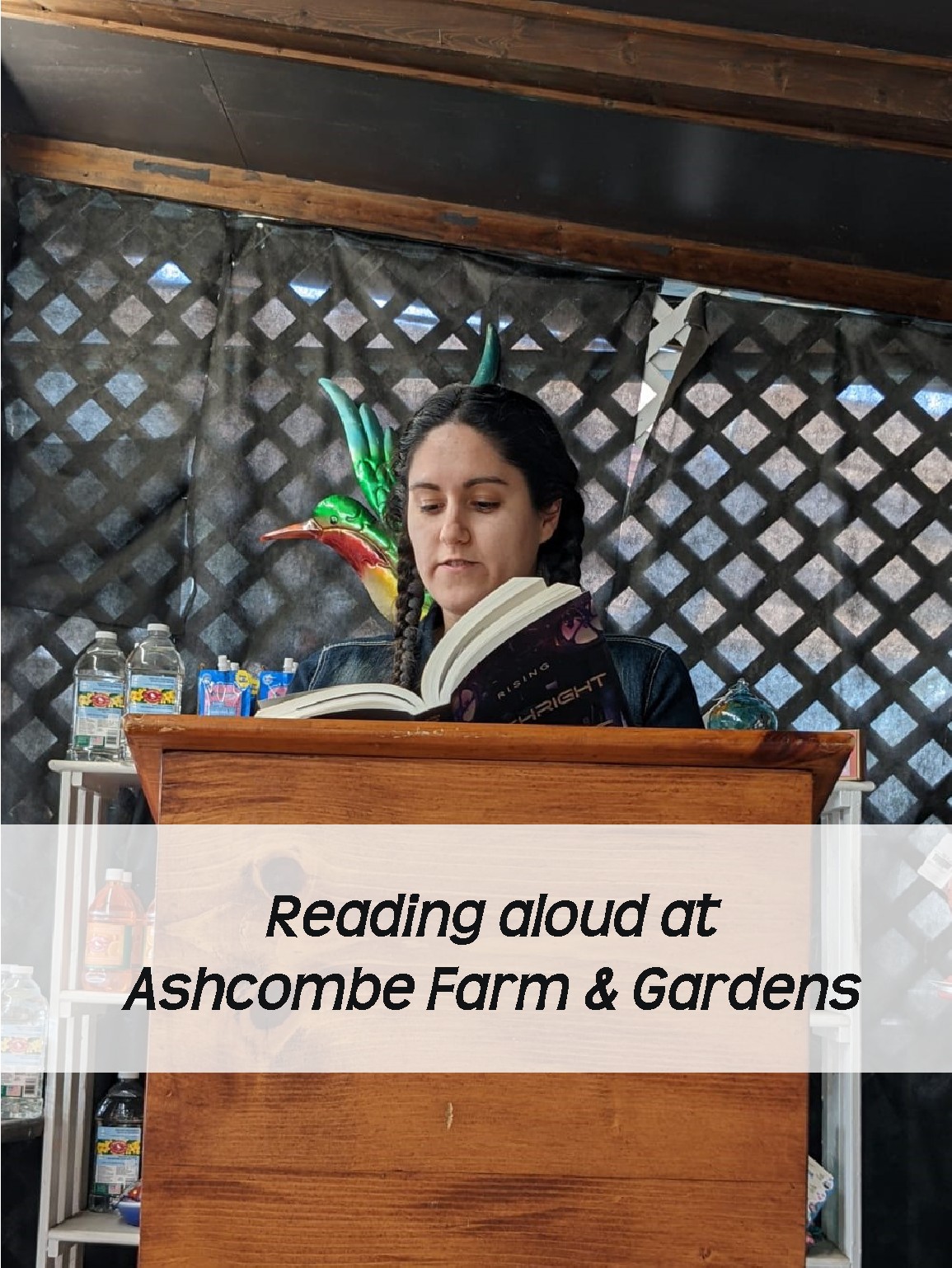
Laurisa, before we move on to more of these sorts of questions, can you take some time to bring our readers up to speed on you and what you do?
I suppose the itch to write my own books happened sometime around the fifth grade. But it wasn’t until my teen years that I thought more seriously about being traditionally published. By the time I was nineteen, Amazon KDP was rolling along and steadily changing the industry. This certainly gave me a greater feeling of control over making my stories happen. Now the only dream I have to chase to get a book into print is the finances to self-publish professionally and market it.
I’m one of those people who don’t like being tied to a label, but I find myself jotting down a lot of sci-fi fantasy and dystopian ideas for future works. I really enjoy flexing my creative muscles with things I haven’t tried before, so I never say never. I can promise my readers thought-provoking stories of butt-clenching intensity.
My heart wants to write literary fiction that heals and inspires. I want to be able to write stories that speak to people across generations. My writings tend to focus on emotional details, bring overlooked elements of human existence to light, and offer uncommon perspectives on everyday experiences. I uphold traditional values while simultaneously challenging entrenched beliefs and societal norms. I try to present in a way that doesn’t hand the reader the answers, but offers a new perspective to try and draw unbiased conclusions from. All of this is delivered with a dash of irony and dark humor.
I enjoy using mirrors, metaphors, and similes. I don’t intend to steep my prose with nuance and meaning, but I often find beautiful nuggets in the many passes of editing, and I think that’s the real beauty of subconscious creativity.
I’m very proud of the positive feedback I’ve received on the “Birthright of Scars” duology so far. Due to its dark and serious nature, I wasn’t sure if I’d done the themes justice. More than offending one of my readers with a bit of unexpectedly gritty content, I fear writing a harmful worldview that leads people into a dangerous belief. Writing is powerful, and I intend to use it for the side of light. Even if I’m sort of taking inspirational dictation on behalf of my characters, I ultimately have control over the ideologies glorified through the heart of the story.
Firstly, I want my work to glorify God, secondly, nourish the hearts of my readers, and lastly, always be a fun and freeing way for me to explore the world.
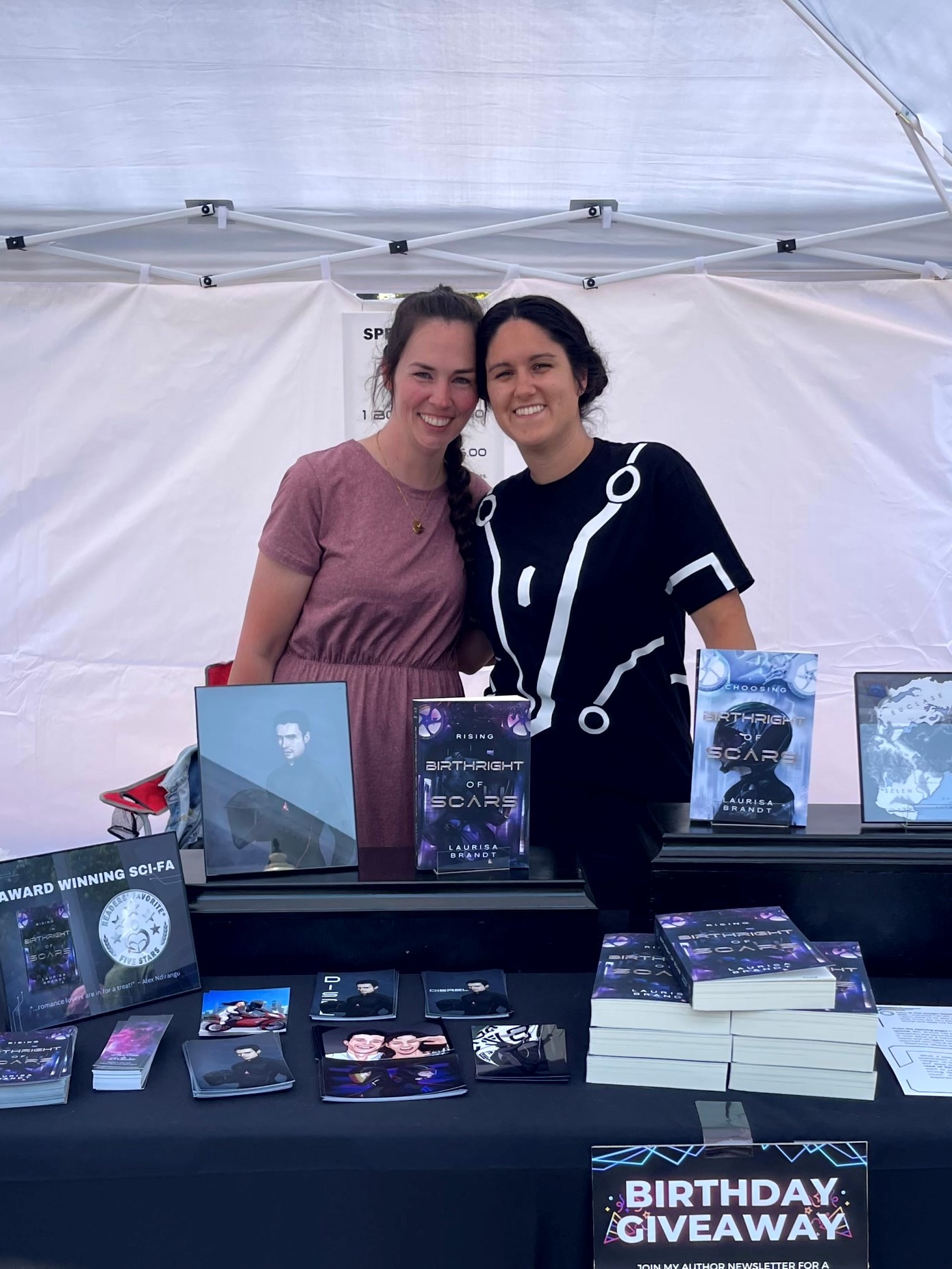
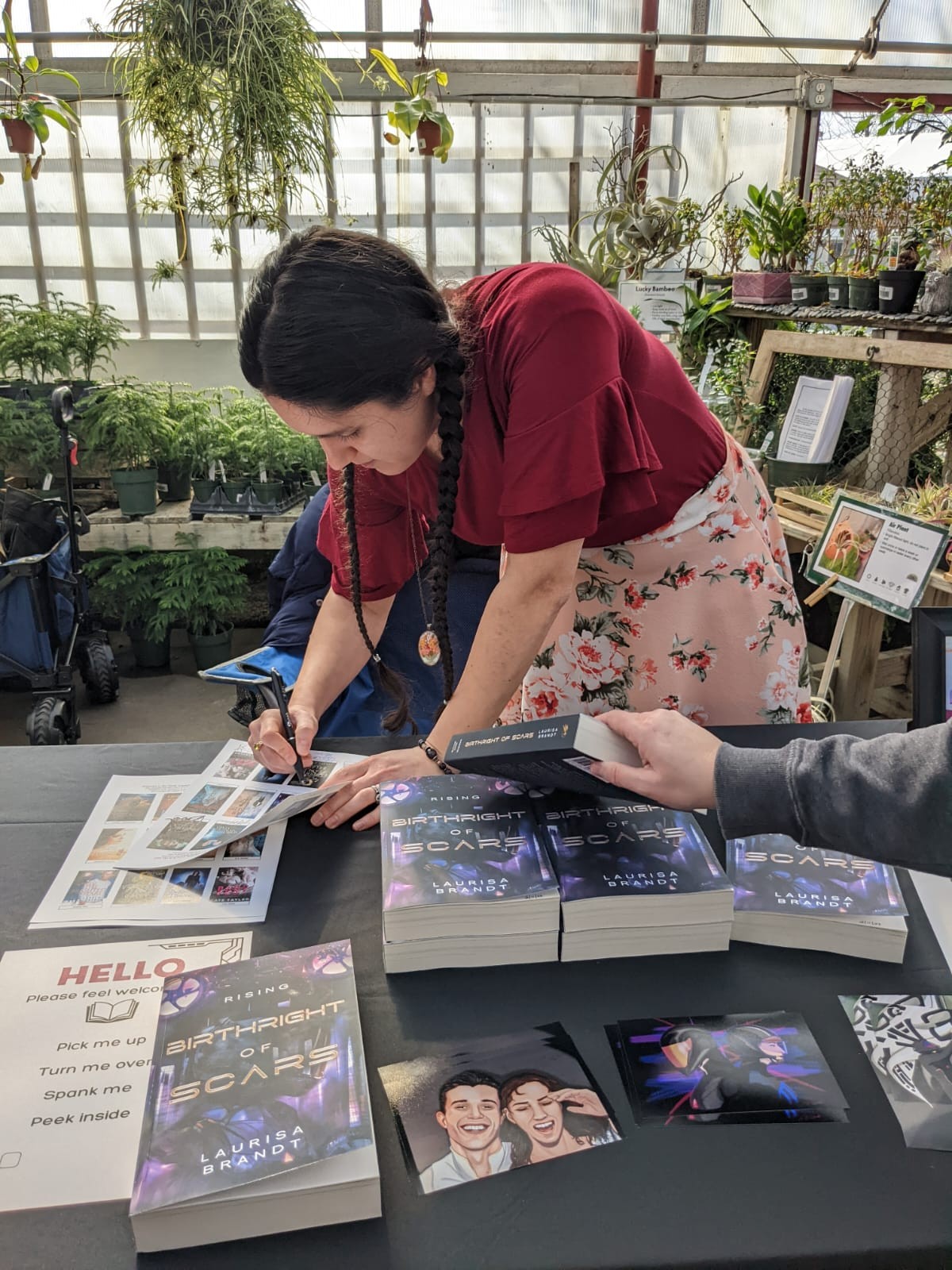
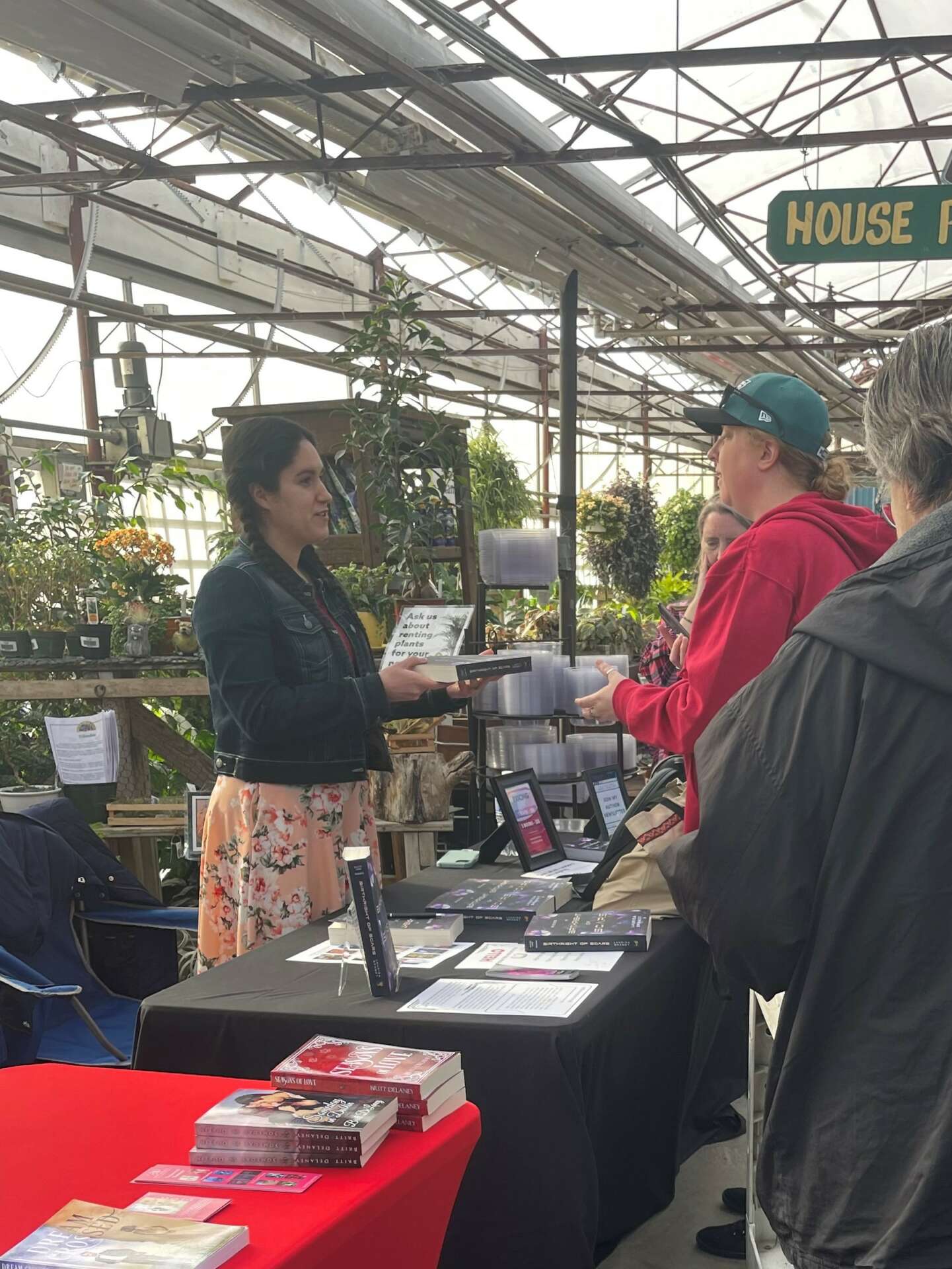
For you, what’s the most rewarding aspect of being a creative?
People wanting my books and leaving feedback. Feedback can be as simple as a comment on a social media post pointing out how my illustration made them feel or something cool they noticed about it. Really, creatives feed off of their audiences, and silent audiences on the other side of the screen feels like when comedians were doing stand-up via zoom calls during the Covid years. Laughter fuels the comedian’s brain into crafting the next impromptu gag the same way readers and viewers buzzing about how the book made them feel drives the writer to keep writing.
Two-way communication also helps us give our audience more of what they want.
Selling my books in person has been an addictive experience because, unlike the Amazon KDP channel where each sale is a number on a screen, I get to converse and build a relationship with a real live reader, see their smile, build their anticipation, and place my book baby into their hands to take home.
Yes, I create for the joy of creating. But even so, we need to feel as though someone, somewhere out there is seeing it. It helps us feel as though we’re contributing successfully to the world and making some impact with our lives.


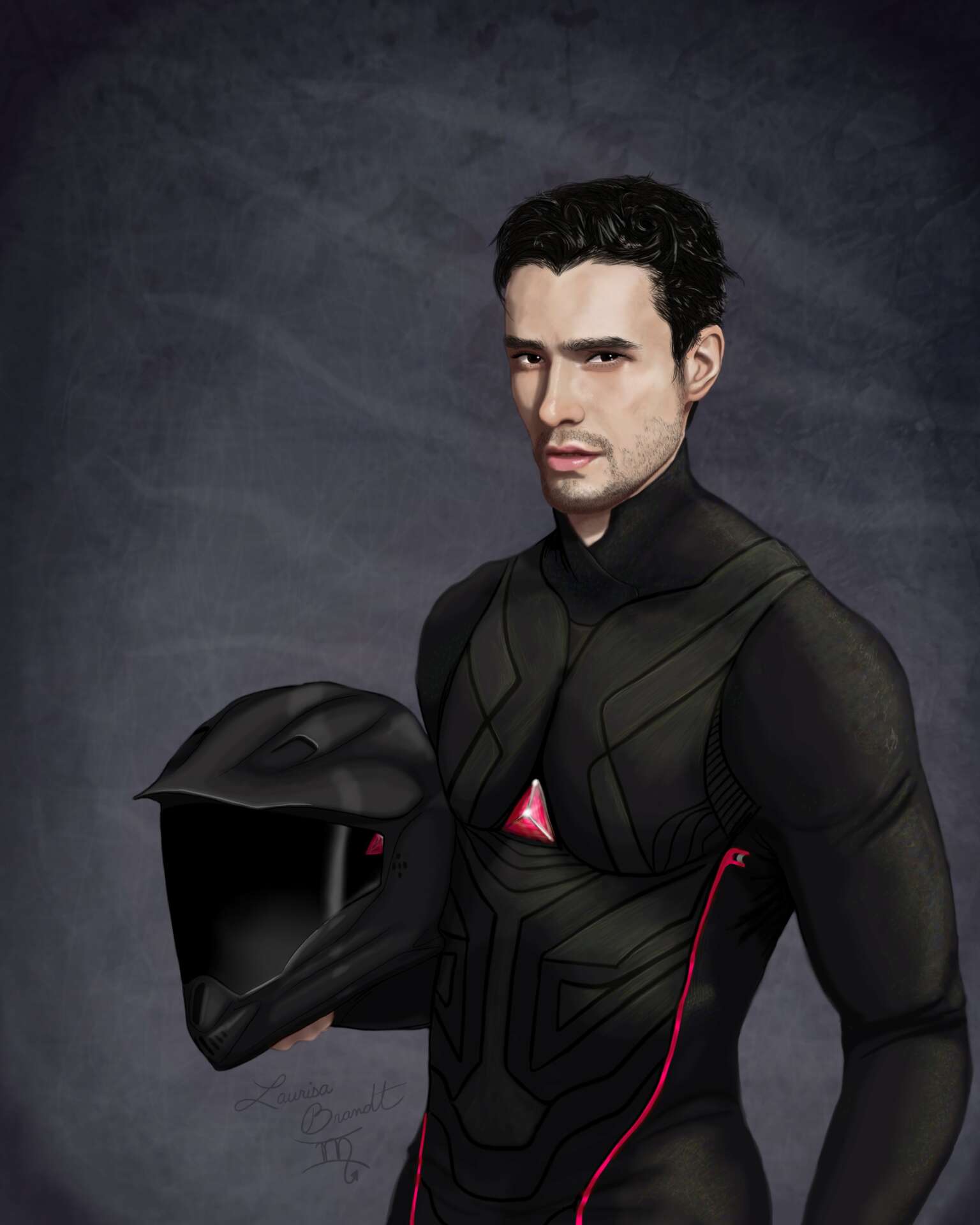
Do you think there is something that non-creatives might struggle to understand about your journey as a creative? Maybe you can shed some light?
I live with a non-creative, and I appreciate the balance and structure he brings to my life. But what I think most non-creatives won’t understand about the creative journey is that creative work is not an in-put/out-put labor. There’s no linear path from conception to final product. It can’t be forced or rushed. As Miracle Max said, “You rush a miracle, you get rotten miracles.”
A writer can perform all the motions: put words on page, move words around, end up saying something that technically makes sense. The bones can all be there. It has plot, it has characters, it has some tension. But if it doesn’t have heart, if it’s only fabricated, it falls flat.
And I think this is why ChatGPT won’t ever write stories that people will truly connect with, that move, speak to, or shape humanity. AI creation is an in-put/out-put. We can program it to get the bones right, to put flesh and sinews on the bones, but human soul and emotion is what gives art the breath of life. And you need a God element to put soul into a work.
Creative people are internally driven to do that. We have this absolute NEED to convey and self-express and breathe life into something.
I absolutely want to drag my characters out of my head and let them be living, breathing beings my readers could hug or shake hands with. That’s the reason I have so many paintings and sketches of them. I’m quite literally (and humbly) trying to do a God thing and I think that’s why the greatest artistic minds of the past sometimes went insane. It’s easy to form an obsession over the worlds we’ve made in our heads and the people we’ve peopled them with.
It’s so very real to us that we want to make it real to others. And when creatives have brought their visions into reality through inventions, innovation, and design, it permanently shapes our world. Two worlds have kissed and merged somewhere: the present and the creative’s. And that dent becomes our future.
It’s very intimate how creatives shape our world and I think art in its many forms is a living thing.
Contact Info:
- Website: www.laurisabrandt.com
- Instagram: https://www.instagram.com/thetourmalinerenegade/
- Other: https://books2read.com/ap/8pp361/Laurisa-Brandt
Image Credits
The two digital paintings are of Disrel and Ambrosia from the “Birthright of Scars” duology


